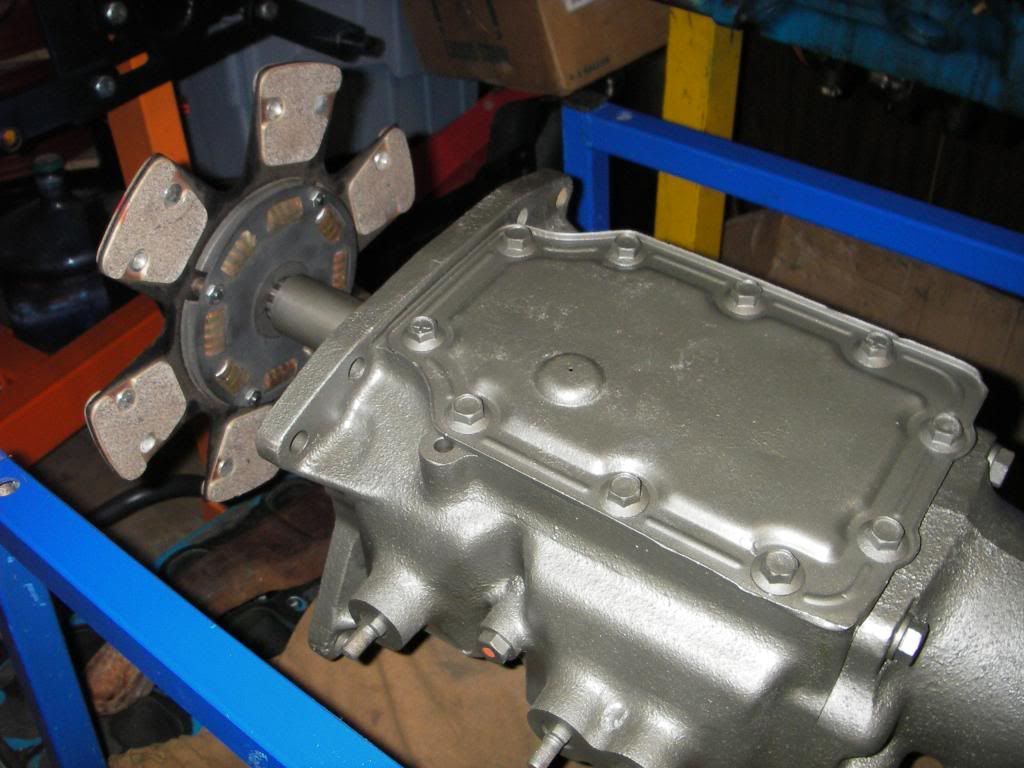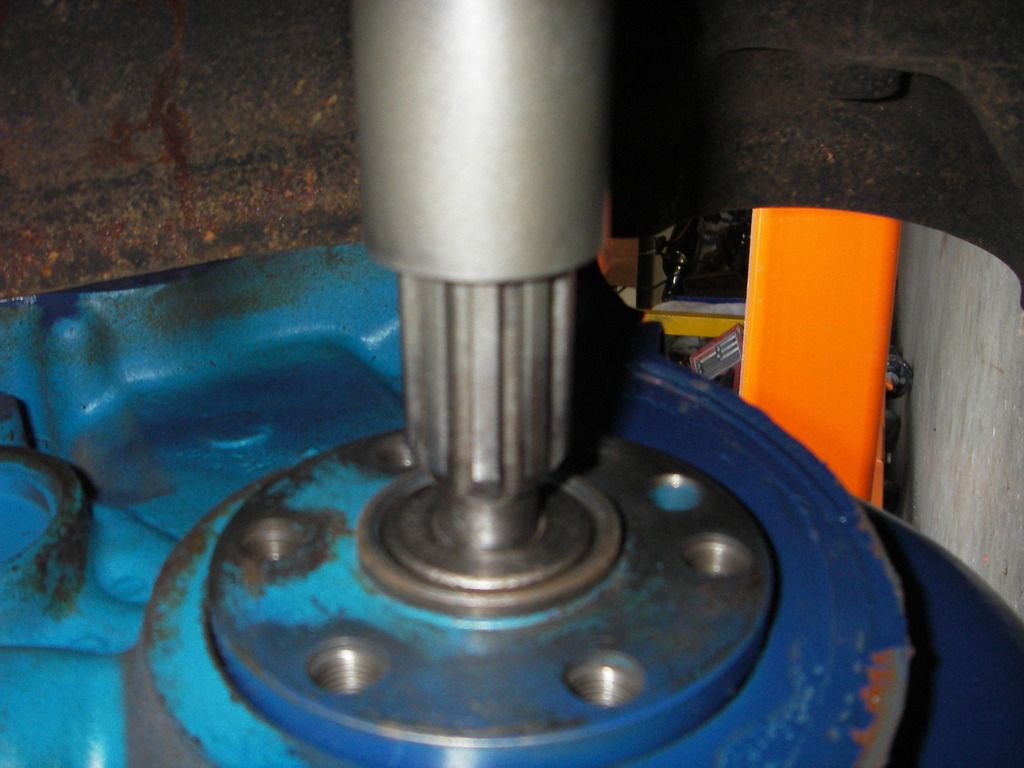quote:
Originally posted by Bosswrench: Sintered bronze doesn't work well for a pilot bushing since it has no impact resistance and wear will be high due to the void volume in such sintered articles. The recess in the 351-C crank is very large so most of the bushing is wasted material. I use a Chevy bronze pilot bushing with an aluminum ring adapter that press-fits into the crank and press-fits the small GM bushing into it. Its also cheaper and easier to locate than a 351-C unit.
...I Disagree! Impact resistance? What are You kiddin' Me? I say, You don't have a Clue of what Your Talking About!!
Your saying that All the
'Bearings',(and They are 'Bearings' NOT 'Bushings'! (I'll school you on the difference later), I have sold to My customers over the Years, are machined out of a inferior material! You just lost all credibility with this Machinist. You might be their boss, but you'll Never be My boss!
I have built from the ground-up, and Repaired more gearboxes than All of you put together will ever see in your lifetimes. And I WILL Receive the Respect I have Earned!!
You want to talk Bronze... I am the Expert Here!
And No-Body is going to tell Me Otherwise! I don't give a Crap What Your Title Is!
Back to Impact resistance?! Have you 'Tested' a Oilite BEARING to Destruction with a Sledge Hammer? I Think Not. I Have!! They are Very 'Impact Resistant'!! NO Question!
Do You have a Oilite BEARING installed in Your Pantera? I think Not! I Do!! And I have tested it over thousands of Miles, Before I ever sold one to another owner. I stand with My reputation that Oilite is the Perfect Material for this Job! Self Lubricating!
Now You have a Chevy, what is it 'Hard' Bronze? Pilot Bearing, Mounted in a Aluminum Ring?? In Your Pantera. Think about what you have there...a dual assembly, sure that's going to stay in Place, and Let me know when the Bronze starts to Squeal.
And a 351C Bronze Pilot BEARING is Hard to Find?? I've been Machining them for the Past 7 Years! Perhaps you were Sleeping!
Now, I'am going to take you to School! I'am going to Number it, so you can understand it fully. I've written this many times, until I'am 'Blue in the Face'!
This is the last time!
And the last time I will be Insulted, which a few of the Forum Members, seem to think is Funny and quit Entertaining.
1. In My Fraternity of Machinists, these are Bronze BEARINGS.
2. The 'Machinery Handbook', our 'Bible', defines these as 'Plain Bronze Bearings'.
3. A 'Bushing', Supports and Guides a Shaft that will SLIDE Longitudinally, such as in the Case of the 'Rack and Pinion'. THAT IS a Bushing!
4. A 'Bushing' is also used to Guide a Drill-Bit, SLIDING Longitudinally, to maintain extreme Accuracy, while drilling a hole.
5. A 'Bearing' Supports a Shaft and Allows Axial Rotation of the Shaft, OR the Bearing Rotates Around the Shaft Radially and is Not Sliding Longitudinally. THAT is a Bearing!
In the Many years and Thousands of Miles of testing, while installed in My Pantera, there have been No Issues. I sell nothing I would Not put into My Own Pantera.
These are Not 'Made in China'!
The Price went up because You Pissed Me Off!
Piss Me Off Once More, and I will Stop Producing them!! And you can use your little 'grease slinging' needle/ball bearing, and then sit and wonder why your clutch slips!!
If I Never Machine another Bearing, that will put a Big Smile on My Face, and I will be Laughing My Ass-Off! Why? Because I went out of My Way to Make them Available to the Entire World...and then You Debated It!! Then You can Machine them Yourselves out of any material you wish, and Call It whatever you Want!
And I don't give a damn about your racing!! Everyone Thinks they're a Racecar Driver!
I Laugh at You!
Now You can 'Put That in Your Pipe and Smoke It!'.
"...Never Again!"



